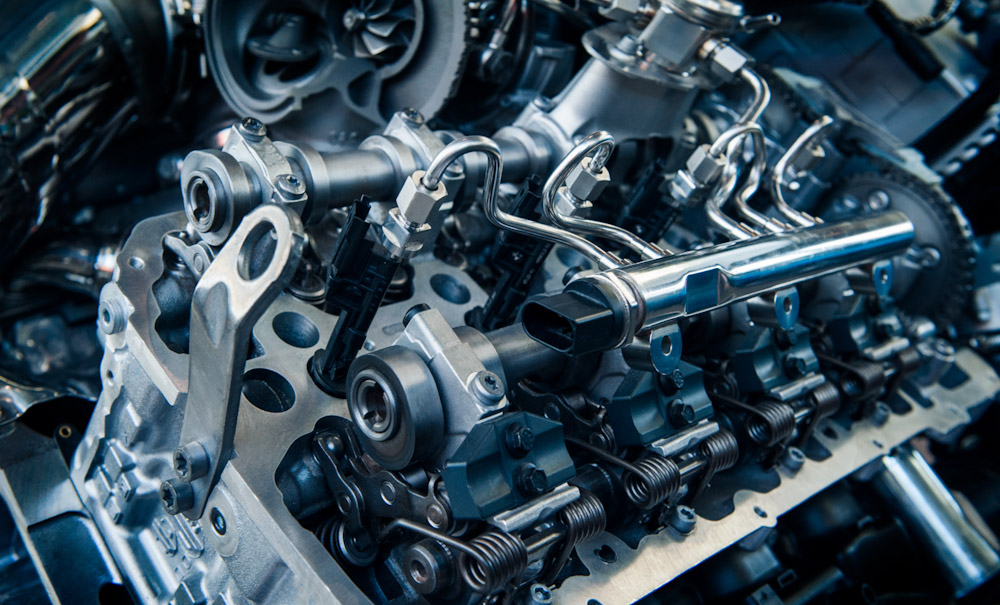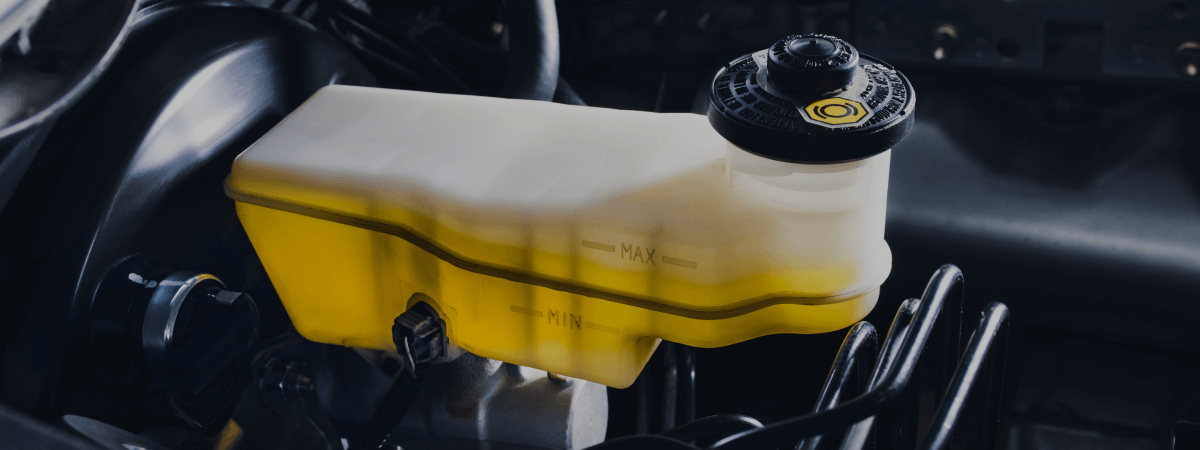
We all love the autonomy that driving a car gives us; the freedom to go where we please, quickly covering land that would have taken our ancestors months to cross, all while enjoying the comfort of a well-conditioned interior and music on the radio. It’s true that as soon as cars became more widely available to the middle and lower classes, our nation’s entire culture changed from one where people never left the town in which they were born, to indulging in the wanderlust that moving down the road at 65 MPH inspired.
But for as much driving as we each do a day, how many of us can claim that we actually know how the car works? Surely having a cursory grasp of the basics of car mechanics will not only help one appreciate the technological marvel that their car represents, but will certainly help keep the car running at peak condition. In that spirit, and because knowing how a car works will help you know when it’s time to take advantage of our Sandy auto care shop, we have listed the basics of your car’s propulsion below.
The Engine
Just like we might talk about the brain or the nucleus when discussing the inner workings of the human body or cell, respectively, we should start by discussing the engine. The engine is the power center of the car and keeps all its various systems working. While modern engines are growing more and more complex, and require a computer to run the proper diagnostics, every internal combustion engine follows the same basic principles (also known as “strokes”).
- The Intake Stroke: The intake valve of the engine opens to allow both air and fuel (gasoline) into the combustion chamber. As the chamber fills, the piston lowers to make more space to be filled with their propulsive mixture.
- The Compression Stroke: The piston eventually rebounds within the chamber, tightening the air and fuel mixture into an ever decreasing amount of space inside the engine.
- The Power Stroke: As the piston reaches the top of the combustion chamber and there is no more room for the mixture to exist, the spark plug ignites the mixture, making it explode into a haze of fire and gas. This is where the term “internal combustion” derives from. That explosion sends the piston down towards the bottom of the chamber once more.
- The Exhaust Stroke: The final stroke of this process is completed as the piston﹘moving upwards for the second time﹘pushes all the burnt fumes out of the exhaust valve. This leads to the smoke that passes through the muffler, eventually coming out of the tailpipe.
This constant movement of the piston causes the drivetrain to spin, turning the drive wheels and making the car go.
The Brake System
The drivetrain is like the spine of the car, connecting to many different systems like the driveshaft (which helps control the car with the steering wheel), and the transmission (which distributes power and speed to the wheels based on what gear the car is in). The brake system is also connected to this spine and allows the driver to apply pressure to each tire, causing them to stop. The mechanics are pretty simple.
- The Brake Pedal: Pressing the brake pedal moves a piston into a cylinder, pushing brake fluid out the other end into a series of pipes that run the length of the car.
- The Brake Fluid: The fluid is let into the initial cylinder﹘called the Master Cylinder﹘via a fluid chamber that can be refilled by opening the hood of the car. This fluid travels to all four wheels and their accompanying cylinders.
- The Slave Cylinders: These four small cylinders are called Slave Cylinders, and they are a miniature of the Master, complete with many of the same components. As these small chambers fill with fluid pistons are pressed into brake pads on either side of each wheel.
- The Brake Pads: These brake pads can be made of different materials, but are most commonly made of a combination of rubber, glass, and Kevlar. They apply pressure to the wheels and use friction to arrest their turning. The car then stops.
Obviously, the stability of the brake pads and the level of brake fluid are both important factors to keep track of. If you need any help with brake repairs, our Sandy Master Muffler team is an expert at getting your car back into full working order.
Keeping Your Car Moving
Your car is a masterpiece of mechanical ingenuity, and it takes experienced professionals to keep it running. Our shop in Sandy has been servicing Utahns in the Salt Lake Valley for decades, helping them with everything from oil changes to emissions testing. If any of these systems mentioned above are giving you trouble, our team provides the finest auto care in Sandy. Give us a call and we will get you squared away quickly.
Related Posts
Key Takeaways On average, passenger vehicle tires last 40,000 to 60,000 miles, depending on type, driving habits, and maintenance. Replace tires when tread depth reaches 2/32”, if damaged, or older than 10 years. Regular rotation, alignment, and proper inflation extend tire life. Aggressive driving, poor roads, and harsh weather shorten tire lifespan. Take advantage [...]
When you think about car maintenance, you probably focus on oil changes, tire rotations, and maybe even brake pad replacement. But what about your brake fluid? If you’ve ever wondered, “What does brake fluid do?” or “Why is brake fluid important?”, you’re not alone. Brake fluid might not be the most talked-about part of [...]
Is that high-pitched squeal from your brakes driving you—and everyone else—crazy? Don’t ignore it. Squeaky brakes aren’t just annoying, they’re your car’s way of saying something needs attention. Whether you're cruising through Salt Lake City or winding up Idaho’s mountain passes, here’s what’s likely going on, how you can fix it, and when it [...]





